Between Race, Industry And Artistry
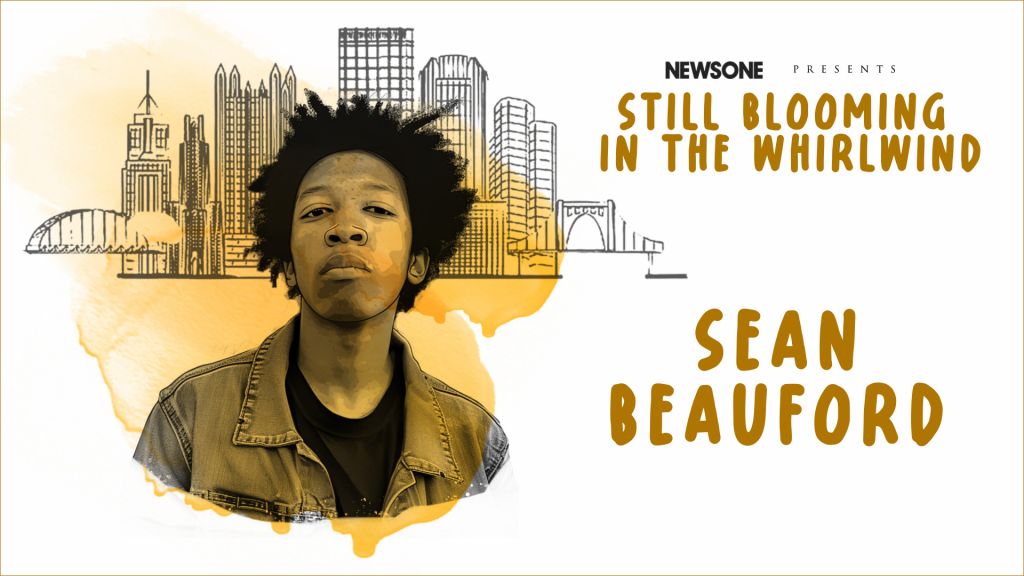
Source: iOne Digital Creative Services
Sean Beauford has long been interested in breaking down the barriers that make art and art spaces inaccessible to communities of color. An independent curator, adjunct professor of art at Carnegie Mellon University School of Art, and the former manager of community relationships at Pittsburgh’s Carnegie Museum of Art, Sean has been astutely critical of the ways in which museums fail to reflect the diversity of the communities they serve, in terms of either the staff in the building or the art on the walls.
A virtual exhibit in which Sean paired Jay-Z lyrics with the paintings of Kerry James Marshall went viral in 2019 on the platform then known as Twitter and was hailed as a prime example of how to democratize access and meet an audience where it is. Now, Sean is embarking on a new project: a feature documentary, Home of Tomorrow, examining over a century’s worth of history between Mansfield, Ohio, and Pittsburgh, tracing the rise and fall of industry and its effect on the two cities’ Black communities, with a special focus on how cycles of growth, collapse, and renewal affect the lives of artists.
NewsOne Presents Still Blooming In The Whirlwind: Pittsburgh As A Black Cultural And Artistic Mecca
Beauford’s film takes its title from the 1934 Mansfield home that Westinghouse Electric built during the Great Depression as a showcase for the company’s electrical appliances and as a model of hope and future possibilities for American family life.
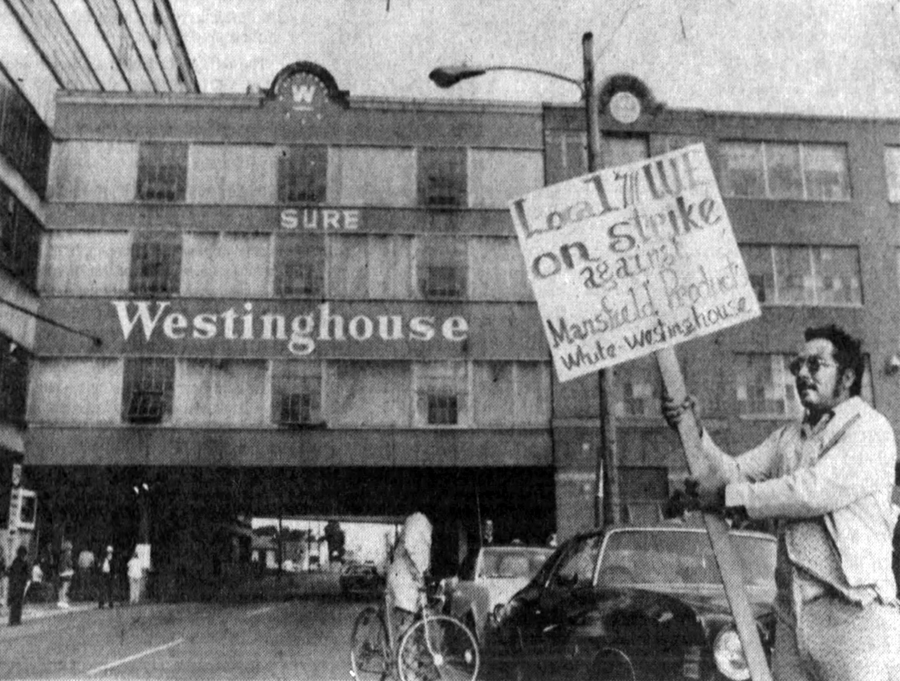
1976 Strike at the plant in Mansfield, which was sold to White Consolidated Industries of Cleveland a year earlier. | Source: richlandcountyhistory.com
Home of Tomorrow is about the relationship between Pittsburgh and Mansfield over the last hundred-plus years. Can you narrate a bit of that relationship? Why those two cities – what do they have to teach us?
The foundation for the project is Westinghouse Electric Corporation, which was founded in Pittsburgh and had factories in Mansfield, Ohio, for 72 years. The documentary looks at the impact of their operations and subsequent closing. Mansfield, like most small-town rust belt cities, never fully recovered after the industrial collapse while Pittsburgh, in many ways, has recovered (though there are parts of it and surrounding areas that could argue otherwise). In addition to the factories, there were several connections across other industries that we’ll also explore. I think Pittsburgh is an example of how a city can embrace its history, not only as an identity, but as a tool to propel it forward. I think Mansfield can demonstrate how much community truly matters when there isn’t much else to lean on.
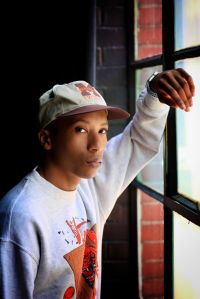
Sean Beauford is an independent curator, producer and writer who has guest-curated at various institutions including the Pittsburgh Cultural Trust and the Mattress Factory. Source: Emmai Alaquiva
You’re telling a broad, sweeping story here – about race, industry, gentrification, artistry – but it seems to me that a documentary always finds its focus in the personal, the intimate, the stories of individuals. Can you talk about some of your subjects in the film, how you found them, and why you chose them?
Our interview subjects will be a mix of historians and archivists in Pittsburgh and Mansfield, as well as people with firsthand experience, such as former factory workers. My collaborator, Terrance Favers, and I are both from Mansfield and know of several people—family and friends of family—who worked in the factories. We’re also hoping to connect with people at KDKA broadcasting, one of Westinghouse’s subsidiaries that intersects with Mansfield. Some people we’ll be cold-calling, others are associates of friends, or work in spaces and organizations [with which] we’re familiar.
From what I’ve read, it seems like something you’re interested in exploring here is how the disruption of Black neighborhoods alters not just artists’ ability to create, but the substance of what they create. It makes me think about the dominant mythology about hip-hop’s birth in the disruption and decimation of the post-industrial Bronx. Tricia Rose has written about the way “rupture” is aestheticized and built into hip-hop artforms: the fluidity of a breakdance routine is ruptured by the freeze, songs are ruptured by the cutting and mixing of the DJ, and so on. I wonder if that idea of embracing rupture and uncertainty and building it into the art resonates with you, as you look at the art coming out of Pittsburgh and Mansfield?
Embracing rupture and uncertainty definitely resonates with me, as well as my collaborators. I’d also say that’s a part of the way people survive in Mansfield, as there isn’t really much of a choice but to make do, with the circumstances as uncertain as they are. How that manifests in the visual art that will come from this, I’m uncertain. I think in Pittsburgh, that mentality is a bit more defined, as it’s become part of the city’s brand narrative at times. As a city that regularly has national eyes on it, whether for sports, tech, art, or film, it has had a lot more opportunity to collectively define its ethos and create from that standpoint.
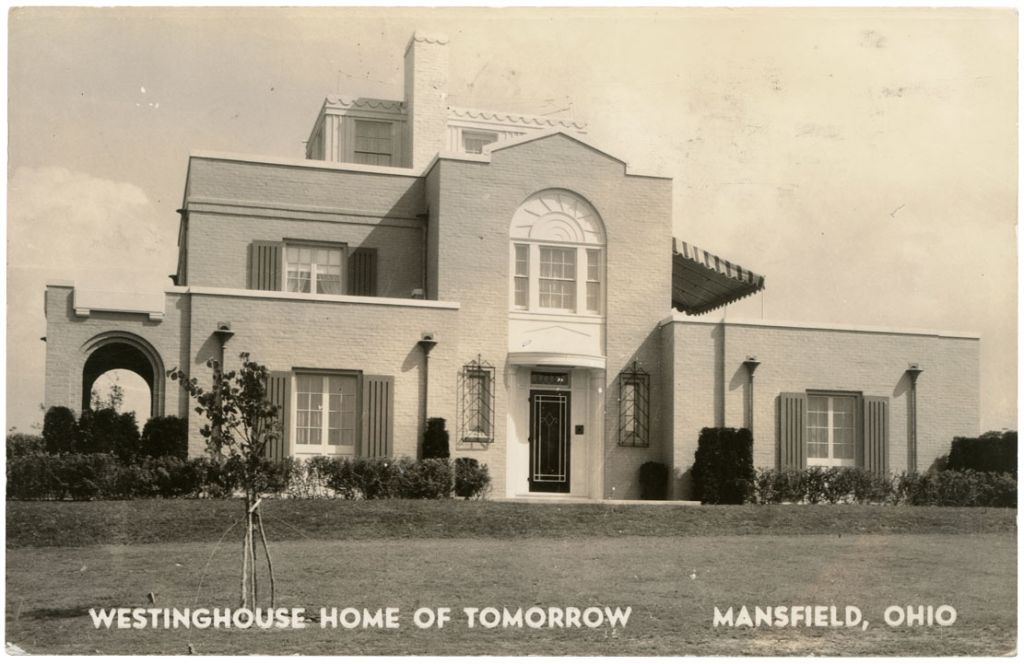
1934: Westinghouse Home of Tomorrow postcard. | Source: richlandcountyhistory.com
Part of the story here seems to be who benefits when a city pivots and “revitalizes” itself – and it’s usually not the working-class brown and Black people who suffered disproportionately from things like loss of industry and gentrification. Has working on this project given you any insight into how that cycle can be broken?
I’ve learned a lot about my city’s history in researching this project. From an industrial or economic standpoint, I’m not sure how the cycle can be broken. A part of why I’m interested in re-establishing a connection, this time with art, is because I do believe that’s an area where we can make an impact. I think the cycle of small-town artists being left out of the arts conversation can be broken. So often, especially in art, the stories of the most disenfranchised are appropriated and exploited by people not of those communities. Intentional communal collaboration and equitable investment in the arts can do a lot for a community. There are models where the art uplifts the whole community, so I think it’s possible, eventually, to revitalize in a way that actually benefits the community. Theaster Gates’ Dorchester Art and Housing Collaborative comes to mind.
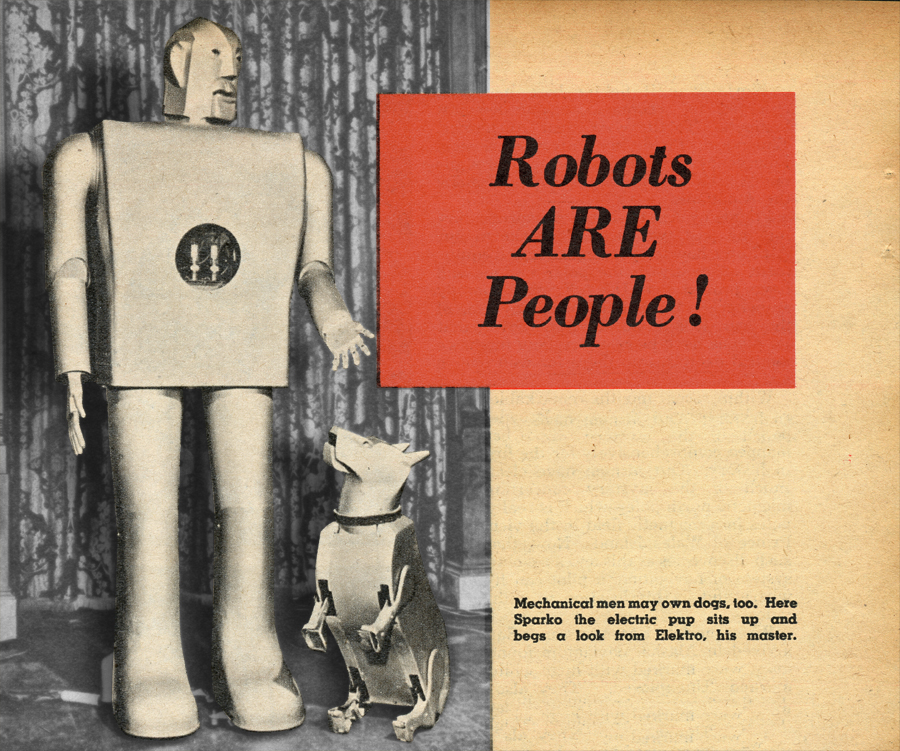
1939: Westinghouse’s Elektro the robot. | Source: richlandcountyhistory.com
A central player in this tale of two cities is the Westinghouse Electric Corporation. Can you talk a little more about their role in the story you hope to tell?
Westinghouse employed so many people, fed so many families, and for a while there was a lot of security in their existence. We’re also interested in the story of Elektro, the robot Westinghouse built in Mansfield in 1938. It was one of the most popular and advanced robots of the time.
On one hand, we’re looking at what was, and on the other, what could’ve been. It wasn’t like Mansfield was a robotics hub before Westinghouse closed, but it is interesting to think that if Westinghouse continued to consider Mansfield as a place for innovation, what might that look like today. We’re not necessarily looking at what Westinghouse itself could’ve done to change Mansfield or considering that it had a responsibility to stay and figure it out. We’re focusing on what happens when industry thrives and when it doesn’t, and how in a place where industry is limited, one (or a few) leaving can make all the difference.
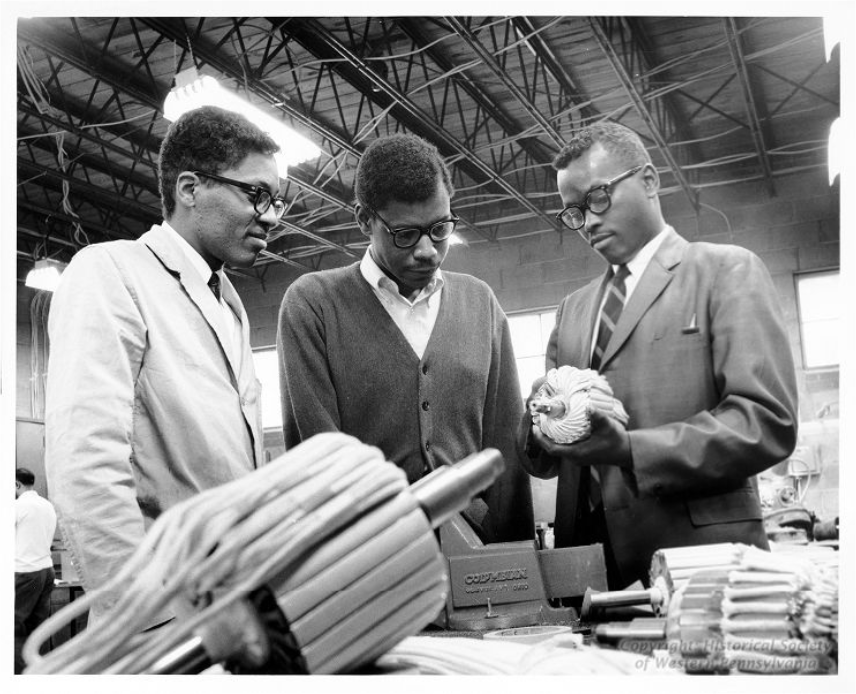
Westinghouse Electric employees examine Front Shaft. | Source: Detre Library & Archives, Heinz History Center
What are some of the challenges you face in distilling so much – so much history, so many perspectives, so many lines of inquiry – into one film?
The biggest challenge at the moment is that right there: keeping a narrow focus and deciding what’s most important, most impactful, most revealing.
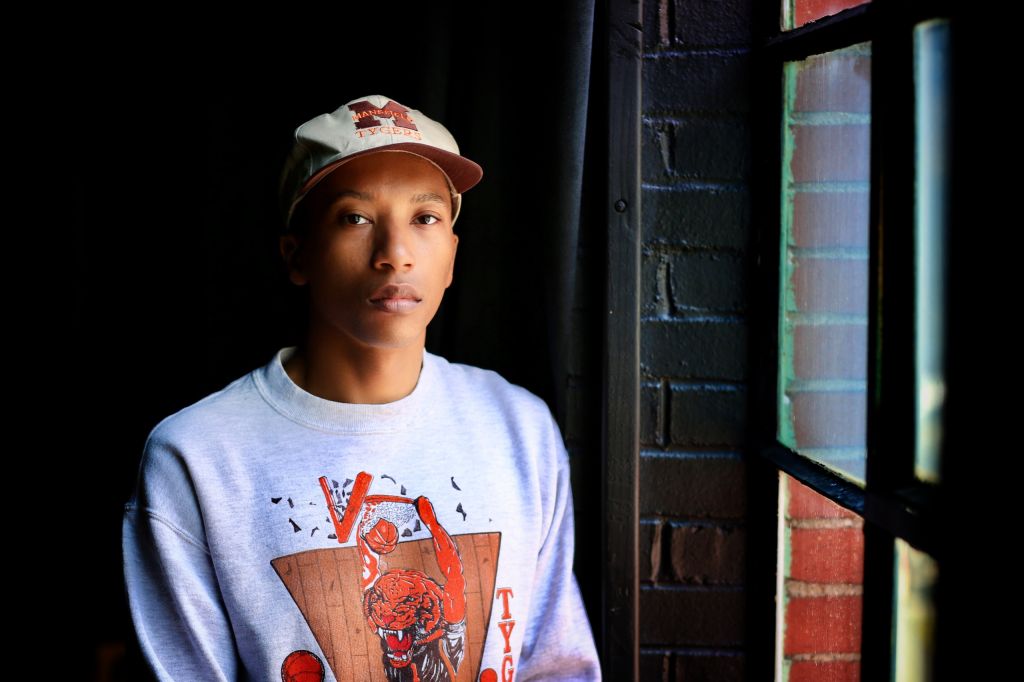
Beauford’s forthcoming multi-disciplinary project explores the relationship between Pittsburgh and Mansfield, Ohio, where he grew up before relocating to Pittsburgh. | Source: Emmai Alaquiva
What has been the most surprising part of the filmmaking journey so far?
The filmmaking part has yet to start, but so far, [what’s been] the most surprising is how many doors of information this has opened. I’ve learned so much and have been made privy to so many media archives that I hope to be able to include. There are many stories my generation doesn’t know about, and I’d like to create as much interest and awareness as possible.
Adam Mansbach is a novelist, filmmaker (Barry), and writer whose work has appeared in The New Yorker, The New York Times Book Review, Esquire, The Washington Post and The Guardian. The Golem of Brooklyn is his latest book.
SEE ALSO:
Multidisciplinary Artist Nathan Cephas Finds Beauty In The Honesty Of Imperfection And Pittsburgh
The Joy, Pain, Love And Art Of Marvin Touré
The post Between Race, Industry And Artistry appeared first on NewsOne.





